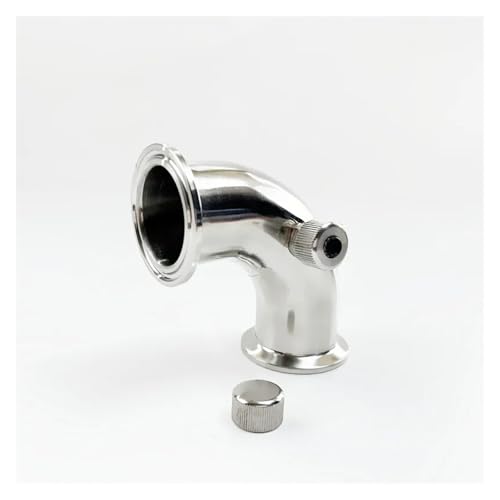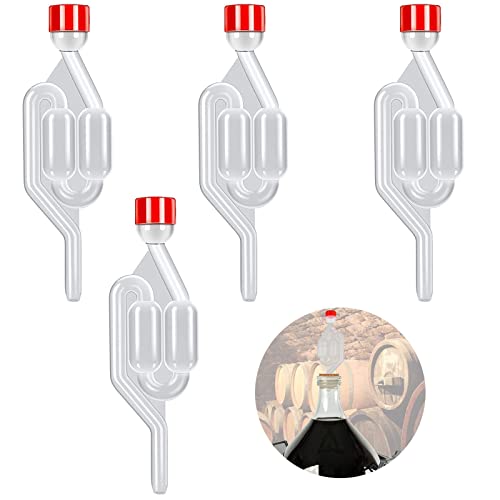Hi all. As I've just finished my latest upgrade to all SS, and I have a pumped system, I'm thinking the next natural progression (after sight tubes) is to HERMS, with 2x PIDs. I'd use a coil of 8/10mm copper in the HLT as the heat source with temp probes on HLT temp and Mash tun inlet. As my pump is 12V anyway, I'd really like to keep the rest of it 12Volt. I can see 12V PIDs for about £30. The 12V solenoid valves seem hard to find in any variety but I have seen some cheap (virtual village) £6 each but only available in 'normally closed'. I plan to leave the pump running but diverting to and from heating coil depending on mash tun inlet temperature using a pair of valves.
My question is, is it possible to set a PID to simultaneously open one and close the other valve if they are both 'normally closed'?
My question is, is it possible to set a PID to simultaneously open one and close the other valve if they are both 'normally closed'?




![BREWING THERMOMETER STICKERS ACCURATELY MONITOR FERMENTING BEER & WINE LIQUID TEMPERATURES 5PCS HOME BREW SPIRITS WINE LCD ADHESIVE [US]](https://m.media-amazon.com/images/I/311DDjo2X3L._SL500_.jpg)



































